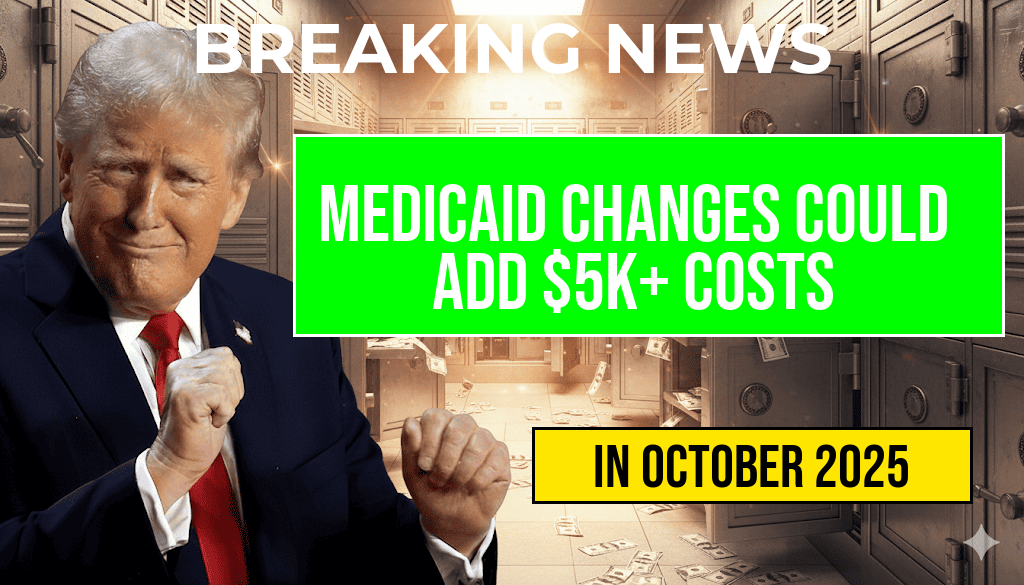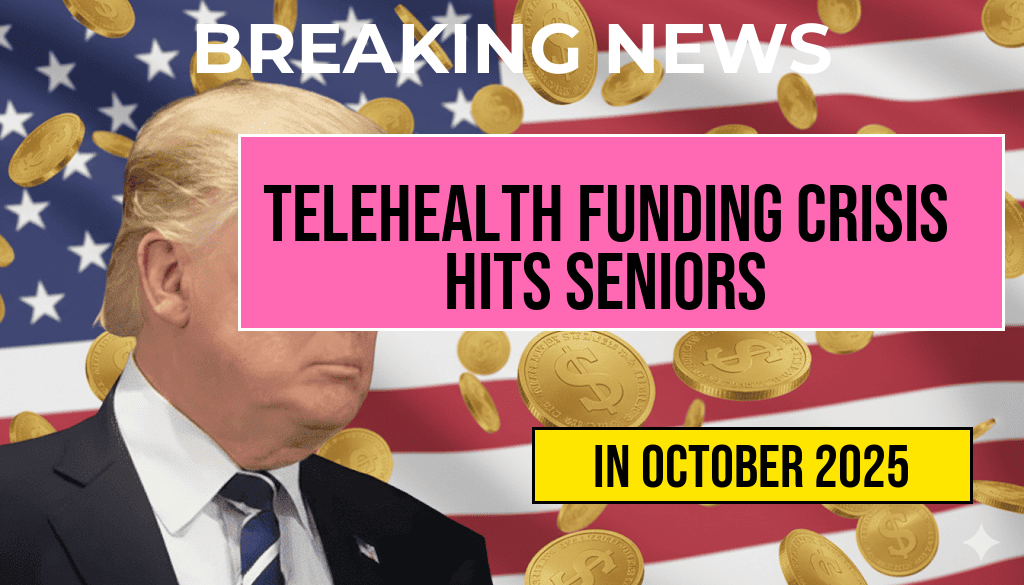Medicaid Restructuring Could Lead to Over $5,000 in Additional Out-of-Pocket Expenses for Families
Recent proposals to revise Medicaid policies across several states are raising concerns among healthcare advocates and families relying on the program. Changes aimed at tightening eligibility criteria and modifying coverage structures could result in families facing an average increase of more than $5,000 annually in out-of-pocket costs. These shifts threaten to diminish the safety net for millions, especially low-income households already struggling with rising healthcare expenses. As states implement new rules, experts warn that vulnerable populations may be forced to choose between essential medical services and financial stability, potentially leading to increased hospitalizations and delayed care.
Understanding the Proposed Medicaid Changes
Medicaid, jointly funded by federal and state governments, provides health coverage to over 80 million Americans, including many children, seniors, and low-income adults. Recent legislative efforts and administrative policy adjustments aim to curb spending and address concerns about program sustainability. However, these measures often involve stricter eligibility requirements, reduced coverage options, and increased cost-sharing responsibilities for beneficiaries.
States like Arizona, Arkansas, and Florida have recently introduced bills or executive orders that could restrict Medicaid enrollment, tighten income thresholds, or impose higher premiums and copayments. For example, some proposals suggest requiring more frequent renewal processes or introducing work requirements that could disqualify individuals unable to meet new criteria. These steps, while intended to reduce costs, risk leaving many without coverage or forcing them into expensive private insurance markets.
Potential Financial Impact on Families
Analysts estimate that families affected by these changes could face an average of $5,200 in additional out-of-pocket expenses annually. This figure accounts for increased premiums, copayments, deductibles, and uncovered services resulting from revised Medicaid policies. For families already operating on tight budgets, such an increase can be catastrophic, leading to deferred care, medication non-adherence, or even medical debt accumulation.
| Cost Component | Projected Increase |
|---|---|
| Premiums | $1,200 |
| Copayments & Deductibles | $2,000 |
| Uncovered Services & Medications | $2,000 |
While exact figures vary by state and individual circumstances, the trend indicates a significant financial strain on households now relying on Medicaid. Families with chronic conditions or special healthcare needs are particularly vulnerable, as they tend to incur higher medical costs that are increasingly shifting onto patients due to policy reforms.
Implications for Vulnerable Populations
Many low-income Americans depend heavily on Medicaid for essential health services. Changes that restrict access or increase cost-sharing could disproportionately affect marginalized groups, including minorities, the elderly, and people with disabilities. These populations often face barriers to employment, transportation, and healthcare literacy, making the prospect of higher out-of-pocket costs especially daunting.
Healthcare providers warn that if patients delay or skip necessary treatments because of cost concerns, it could lead to more severe health issues down the line. Emergency rooms may see a rise in preventable visits, and the overall public health outcomes could decline, straining hospital systems and increasing long-term costs for society.
Policy Perspectives and Community Response
Advocacy groups and consumer rights organizations are vocally opposing these proposed changes, emphasizing that Medicaid expansion and protection are vital for health equity. Some states have paused or adjusted their proposals in response to public feedback, but the debate over Medicaid’s future remains intense.
Federal officials have emphasized that any reforms must balance budget considerations with the need to maintain coverage for vulnerable populations. Meanwhile, individual families are left navigating uncertain terrain, often unsure whether their healthcare needs will be affordable in the coming months.
Resources and How to Stay Informed
- Learn more about Medicaid on Wikipedia
- Stay updated with Forbes coverage on healthcare policy
- Official resources for Medicaid and health coverage
Families and advocates are encouraged to review their state’s Medicaid policies regularly and consult with healthcare navigators or legal aid organizations to understand potential changes. As policy debates continue, the importance of safeguarding accessible healthcare for low-income populations remains a central concern for policymakers and communities alike.
Frequently Asked Questions
What are the recent Medicaid changes affecting families’ medical expenses?
The recent Medicaid changes involve eligibility adjustments and coverage modifications that could lead to increased out-of-pocket costs, potentially adding over $5,000 annually for families.
How might these Medicaid changes impact my family’s medical bills?
These changes may result in higher deductibles, co-pays, or reduced coverage, leading to increased medical bills and expenses for families relying on Medicaid.
Who is most affected by the potential increase in out-of-pocket costs?
Families with low to moderate incomes, especially those with ongoing medical needs or multiple health conditions, are most at risk of facing increased out-of-pocket expenses due to these Medicaid changes.
What strategies can families use to manage rising medical costs?
Families can consider options such as exploring health savings accounts, comparing different insurance plans, and seeking assistance programs to better manage and reduce rising medical bills.
Where can I find more information about these Medicaid changes and assistance options?
Visit official Medicaid websites, contact local health departments, or consult with a healthcare advisor to stay informed about policy updates and available assistance programs.










